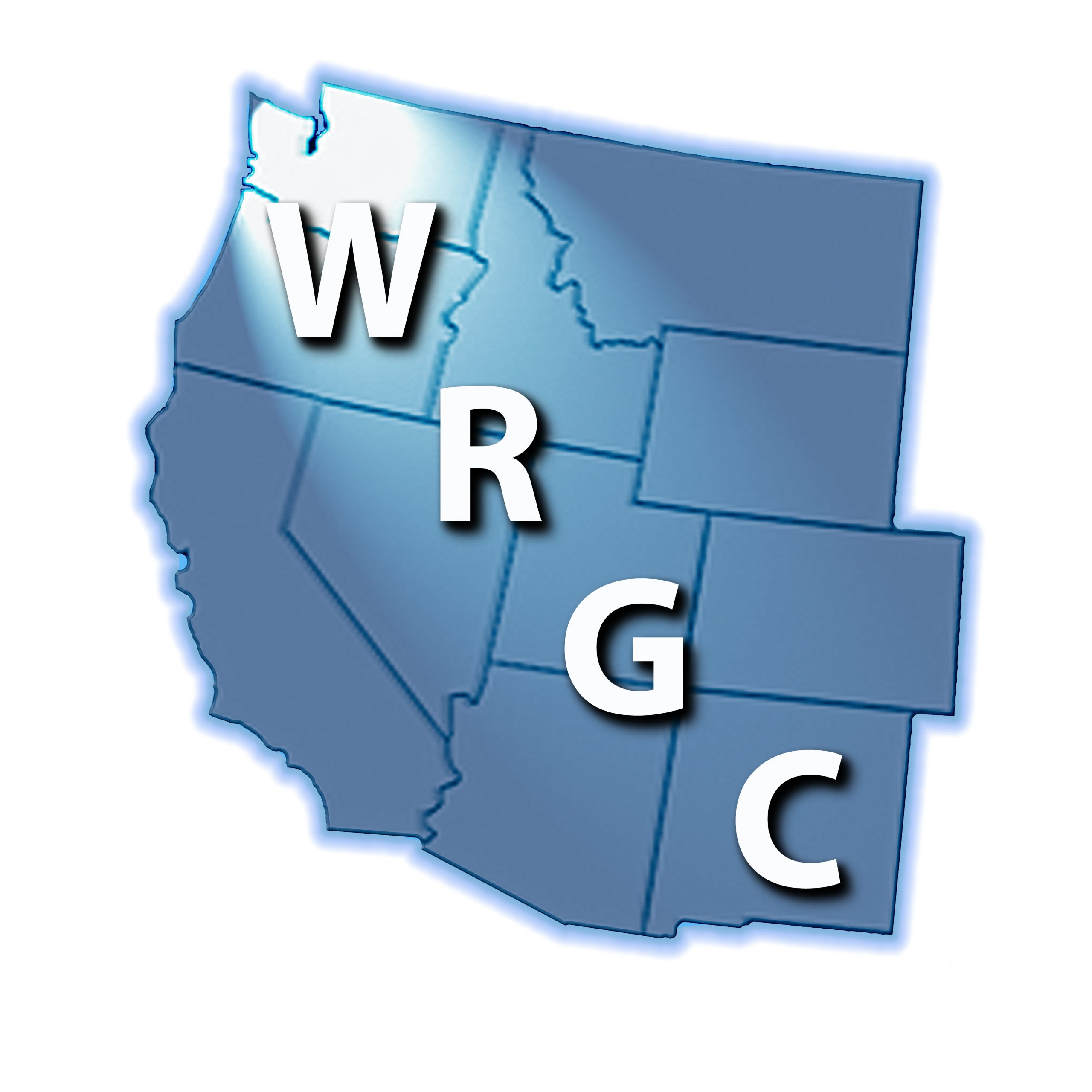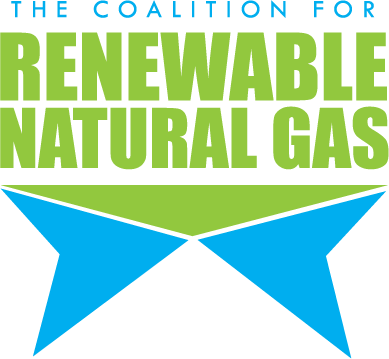Renewable Natural Gas Growth
RNG is essentially a gaseous fuel derived from biogenic or other renewable sources, which can be “upgraded” and processed to pipeline-compatible, near-pure methane. According to the World Resources Institute (WRI), landfills account for the bulk of current RNG production, mainly because they already have methane collection mechanisms. A smaller share of RNG is derived via anaerobic digestion (AD) of solid organic matter removed in the wastewater treatment process at municipal water resource recovery plants, animal manure at livestock farms, and food waste at other facilities. RNG can also come from gasification of “dry” organic wastes, such as agricultural and forestry residues.
As Karen Crippen, Research and Development director at GTI’s Energy Supply & Conversion division, explained during a recent webinar, RNG differs from natural gas in that it’s “nearly all methane, none of the extra hydrocarbon seen in natural gas. It also contains some small amounts of trace constituents, depending on the biogas source. Great strides have been made in the past decade with numerous testing programs, so we now have a good understanding of what the trace constituents in RNG are,” she said. Modern biogas “upgrading” technologies typically used to achieve pipeline-quality standards include membranes, pressure swing adsorption, solvent scrubbing, and water scrubbing. While these can add to production costs, the resulting RNG can be a form of gas that combines low to negative lifecycle carbon emissions with the high energy density, storage capability, and transportability of natural gas.
RNG offers an 80-fold growth potential. While the International Energy Agency projects an 18-fold increase in RNG supply by 2040, dairy and swine farms alone represent an 80-fold increase in potential projects. Demand for the gas is set to increase too. In 2011, nearly all RNG projects operating in the U.S. were providing RNG for power production offsite. Driven by policy, most notably the federal Renewable Fuel Standard (RFS) and California’s Low Carbon Fuel Standard (LCFS), by 2017, 76% of RNG projects were converting RNG into transportation fuels, particularly for natural gas vehicles designed for long-haul and heavy-duty applications, while 24% generated power offsite.
In recent years an increasing number of natural gas utilities—a total of 15 as of September 2020—and states had either active or under-development voluntary RNG procurement programs for residential, commercial, and industrial customers. Industrial consumers, which consume more natural gas than any other sector for heating, onsite power generation, or as an intermediate feedstock for the production of fertilizers and other chemical products, represent a latent market, the WRI suggests.
RNG has ballooned in the United States over the past few years, with the number of projects increasing by 42% from early 2019 through 2020. Supermajors have also waded into the RNG space, with the likes of BP plc, Chevron Corp., and TotalEnergies SE announcing investments. There are currently 157 RNG projects in operation in North America, RNG Coalition CFO David Cox said. That number is expected to nearly double in the coming years, with 76 projects under construction and 79 in development.
Read more about RNG on the Power Magazine website.
Midland Resource Recovery (MRR) is a leading provider of services and products relating to renewable natural gas (RNG).





